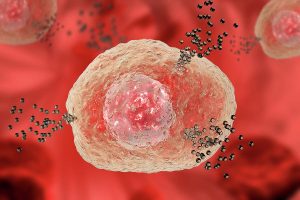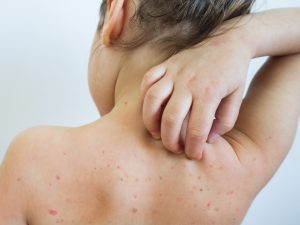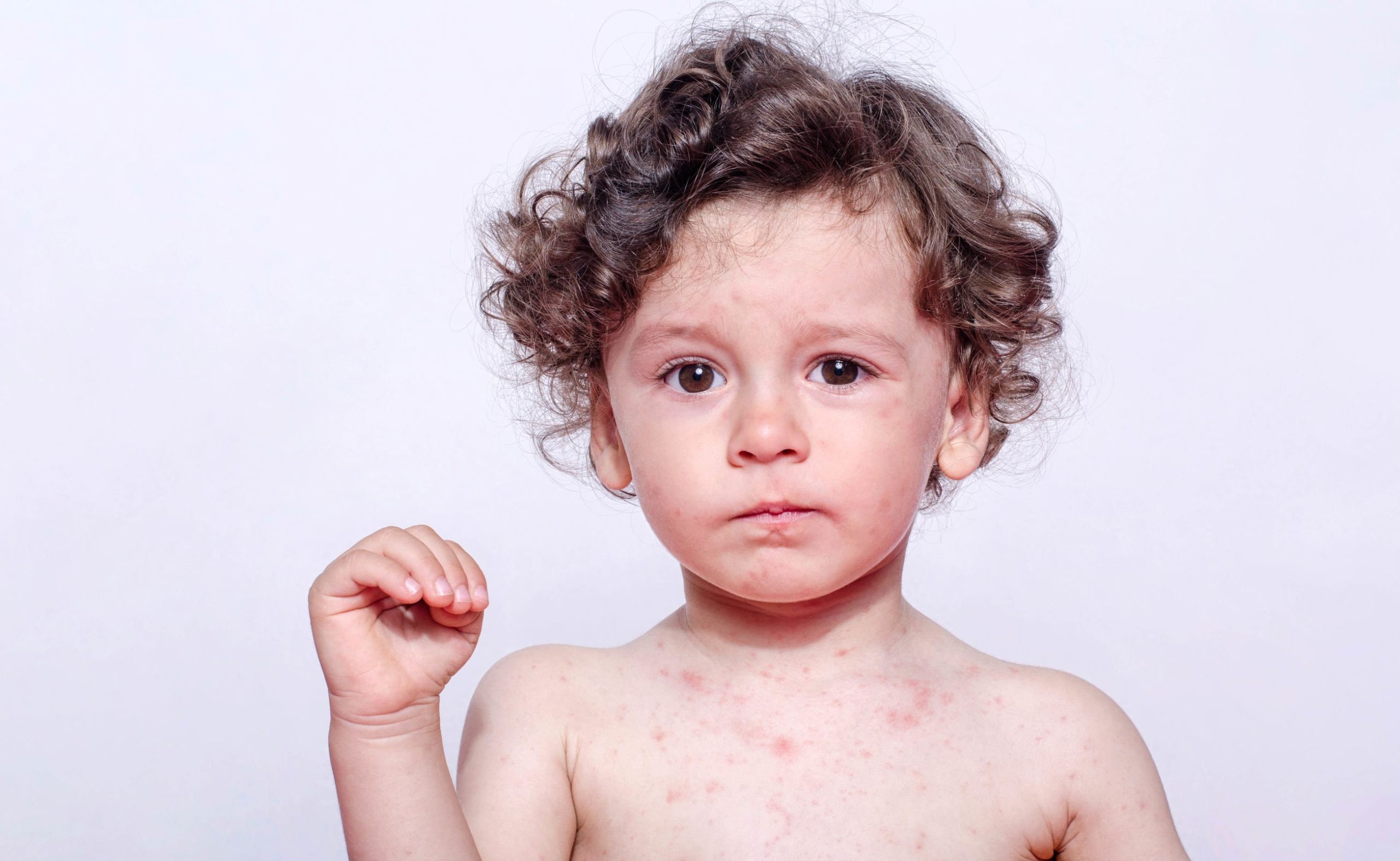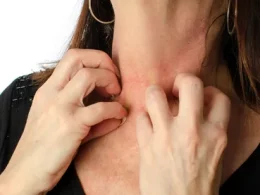Introduction
Roseola, colloquially known as sixth disease, is a prevalent childhood infection that primarily affects children under the age of two. It is caused by two strains of the herpes virus, namely human herpesvirus 6 (HHV-6) and, less commonly, human herpesvirus 7 (HHV-7). This viral infection is known for its characteristic pattern of a high fever followed by a rash, making it distinguishable from other childhood illnesses.

Symptoms
The onset of roseola is marked by a sudden and notably high fever, often surpassing 103°F (39.4°C). This fever persists for about three to five days, during which the affected child may also exhibit additional symptoms such as a sore throat, runny nose, or cough. Concurrently, swollen lymph nodes in the neck may become noticeable.
After the fever subsides, a distinctive rash emerges. This roseola rash consists of numerous small spots or patches that are generally flat and non-itchy. The rash typically initiates on the chest, back, and belly, subsequently spreading to the neck and arms. In some cases, it may extend to the legs and face. It’s essential to note that the rash can occur without the preceding fever.
Symptoms Points:
- Sudden onset of high fever (over 103°F or 39.4°C).
- Fever persists for 3 to 5 days.
- Additional symptoms may include sore throat, runny nose, and cough.
- Swollen lymph nodes in the neck may be observed.
- Following the fever, a rash emerges, consisting of small, flat spots or patches.
- The rash starts on the chest, back, and belly, spreading to the neck, arms, legs, and face.
- The rash is generally non-itchy and may last for hours or days.

When to Seek Medical Attention
While roseola is generally a mild and self-limiting infection, certain circumstances warrant medical attention:
- Febrile Seizures: In some cases, the high fever associated with roseola can trigger febrile seizures in children. If your child experiences an unexplained seizure, characterized by loss of consciousness and jerking movements, seek immediate medical care.
- Persistent Fever and Rash: If the rash persists beyond three days, and the fever returns, it’s advisable to consult with your child’s healthcare provider.
- Concerns for Weakened Immune Systems: If anyone in the household has a compromised immune system, and there is contact with an individual with roseola, medical consultation is recommended. Those with weakened immune systems may experience a more severe form of the infection or complications.
Causes
Roseola is primarily caused by human herpesvirus 6 (HHV-6), with human herpesvirus 7 (HHV-7) accounting for a smaller percentage of cases. The transmission occurs through contact with an infected person’s saliva, such as when sharing utensils or through airborne particles when an infected person coughs or sneezes.
The incubation period for roseola is approximately 9 to 10 days after exposure to the virus. It’s important to note that once the fever has been absent for 24 hours, the infected individual is no longer contagious.
Unlike highly contagious childhood viral infections like chickenpox, roseola rarely results in community-wide outbreaks. The incidence of roseola tends to peak during the spring and fall seasons.

Risk Factors
The risk of contracting roseola is highest in older infants, typically between 6 and 15 months of age. This susceptibility arises because, at this stage, infants haven’t yet developed their own antibodies against many viruses. While newborns are initially protected by maternal antibodies acquired during pregnancy, this immunity gradually diminishes over time.
Complications
Roseola is generally considered a mild and self-resolving illness. However, there are instances where complications may arise:
- Febrile Seizures: Occasionally, a child with roseola may experience febrile seizures due to a sudden spike in fever. Although frightening, these seizures are typically short-lived and pose minimal harm.
- Concerns for Weakened Immune Systems: Individuals with compromised immune systems, such as those who have recently undergone a bone marrow transplant, may be at greater risk of severe roseola or complications like pneumonia or encephalitis. Want to Know Other Health Issues or their treatment
Prevention
Currently, there is no specific vaccine available to prevent roseola. However, several preventive measures can be implemented:
- Isolation during Fever: Keep a child with a fever at home until they have been fever-free for at least 24 hours. This helps prevent the spread of the virus, even if a rash is still present.
- Hand Hygiene: Encourage good hand hygiene practices within the household, especially if one family member has contracted the virus. Regular handwashing reduces the risk of transmitting the virus to those who may not be immune.
Comparative Table
To provide a clearer understanding, let’s compare roseola with another childhood viral infection, chickenpox:
| Aspect | Roseola | Chickenpox |
|---|---|---|
| Causative Virus | HHV-6 or HHV-7 | Varicella-zoster virus |
| Contagious Period | Until fever subsides | Several days before rash |
| Rash Characteristics | Flat spots, not itchy | Itchy, fluid-filled blisters |
| Complications | Febrile seizures, rare | Itchy skin, scarring |
| Prevention | No vaccine available | Varicella vaccine recommended |
Understanding the nuances of roseola enables parents to navigate this common childhood infection with confidence, ensuring prompt care and reducing the risk of potential complications. Always consult with healthcare professionals for personalized advice based on your child’s specific health situation.










